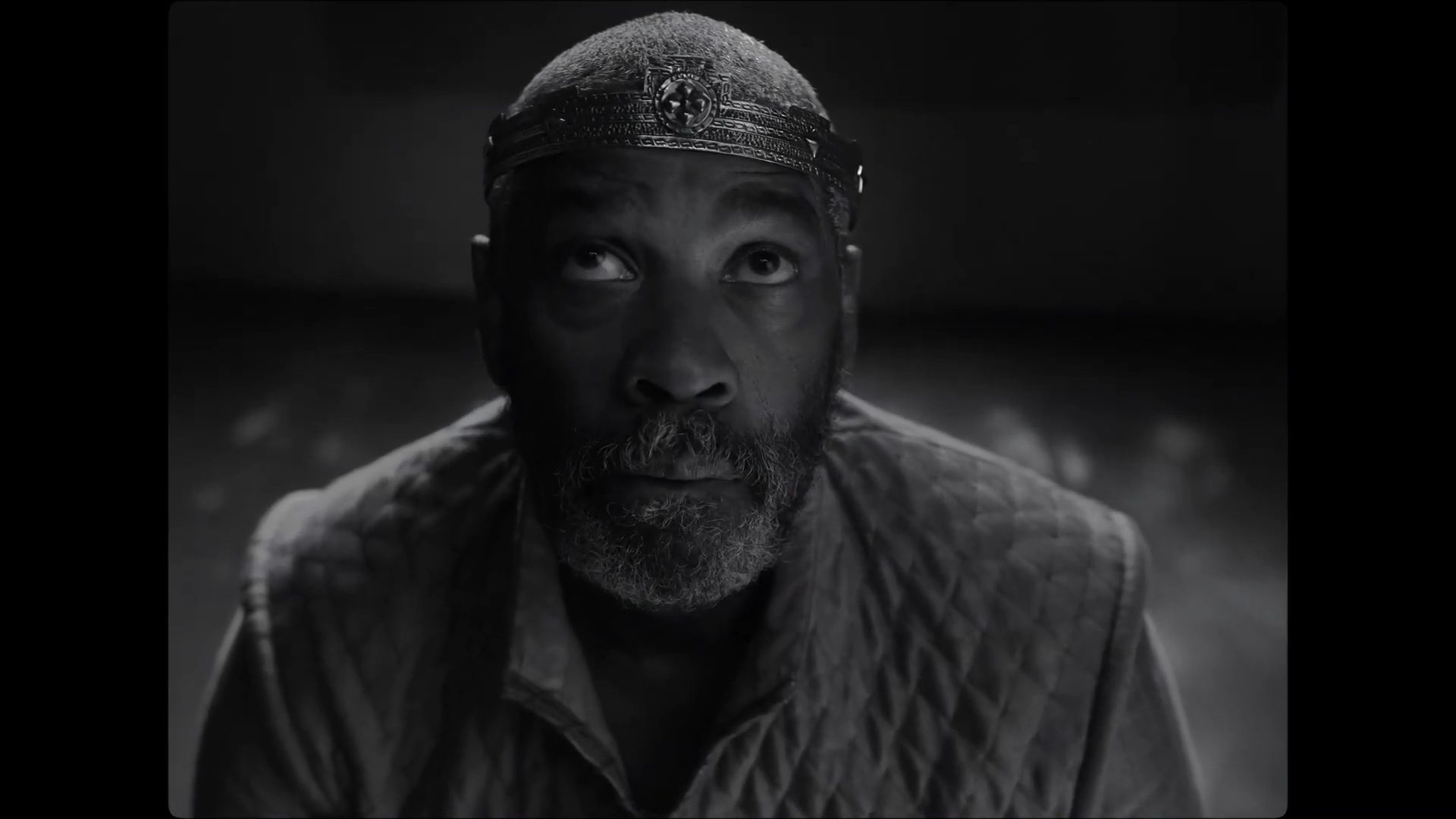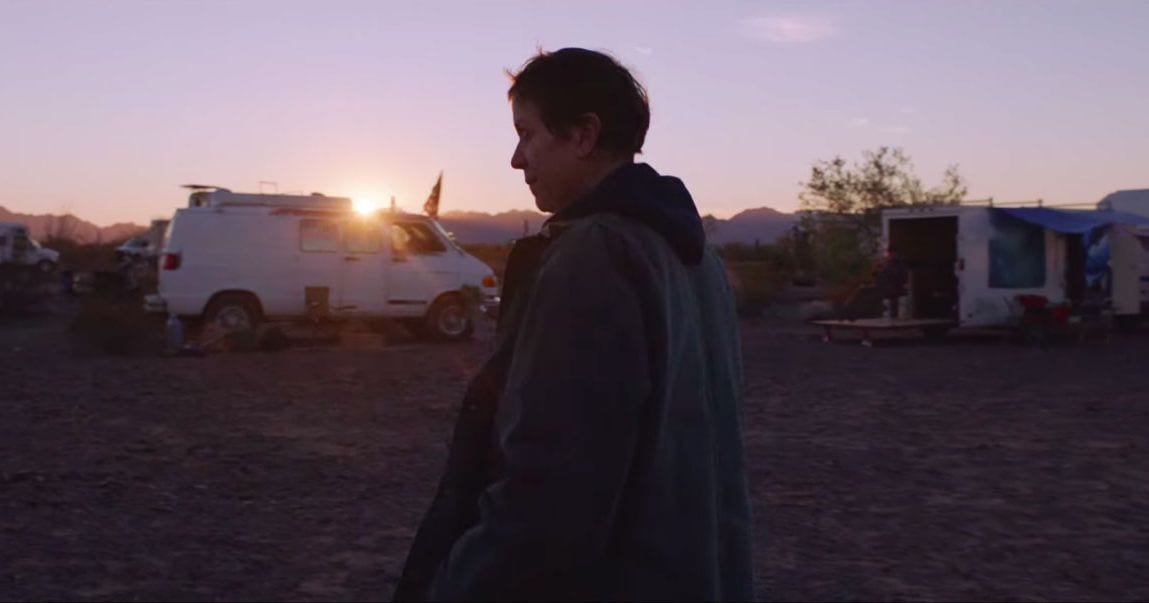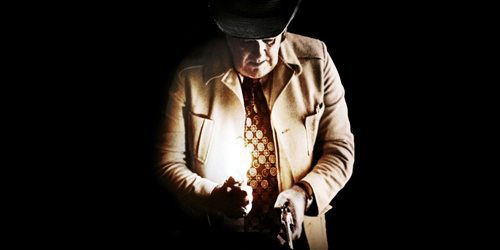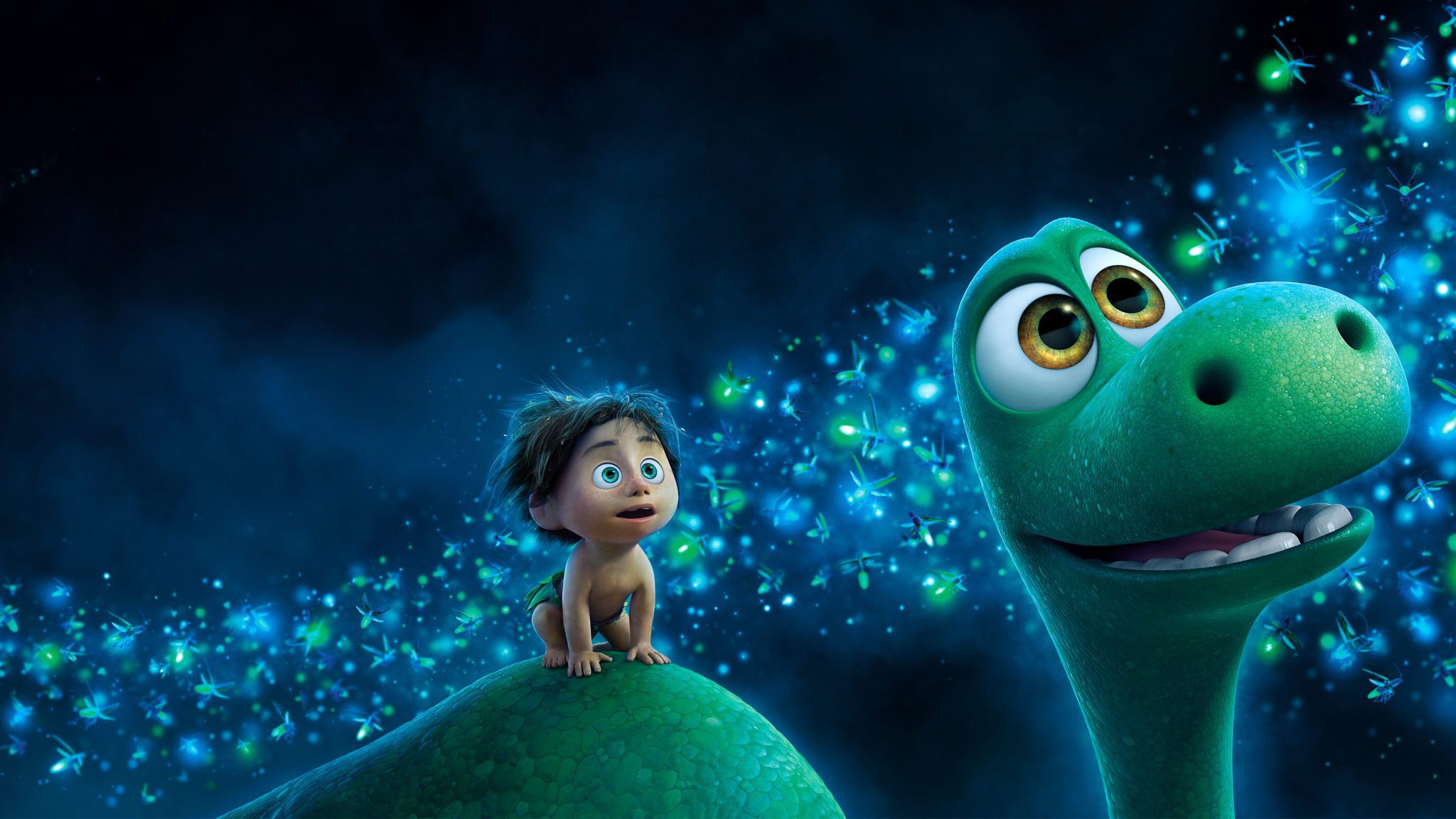
SF Radio 8.16: Current History in THE TRAGEDY OF MACBETH
Written almost 400 years ago, Shakespeare’s Macbeth remains one of history’s most well-regarded dramatic stories. Featuring murder, betrayal, and bawdy humour, Macbeth has been studied in classrooms for centuries yet still somehow feels current. Now, with Joel Coen’s THE TRAGEDY OF MACBETH, we once again find ourselves ‘stepped in blood’ with Denzel Washington taking on…



